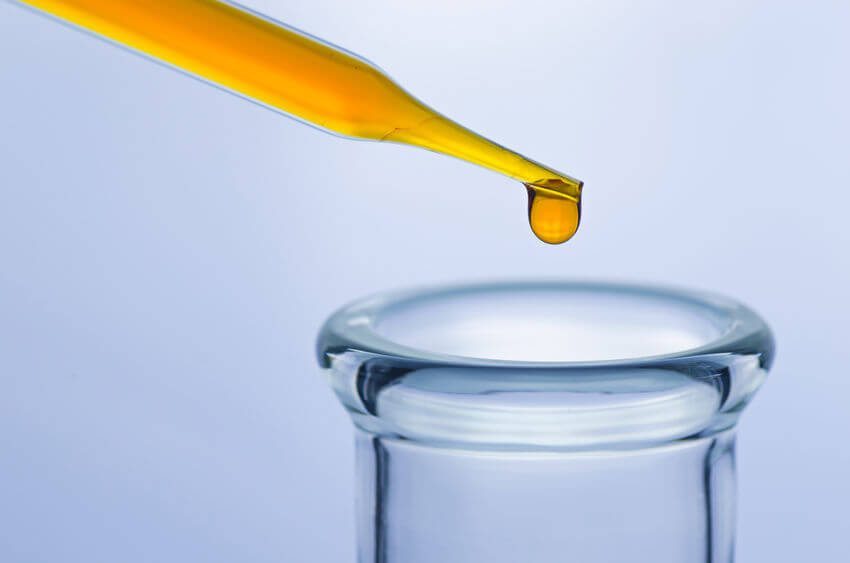
Dangerous Skincare Ingredients - Read Labels & Know What to Avoid
Take care when shopping for skincare products. The fact is, many items (from soaps to moisturizers, eye creams, and exfoliating masks) contain bad skincare ingredients. Additives that can provoke ugly skin rashes. Or even expose you to cancer-causing chemicals.
Sadly, attractive labels mean very little. Even a high purchase price does not guarantee safety. So educate yourself. And be a smart consumer.
Is it legal to sell products that contain bad skincare ingredients?
Yes, it is. First of all, the FDA does not approve or certify any cosmetic or skincare product. They do not approve or certify manufacturing facilities or laboratories. That makes it easy to buy products that contain bad skincare ingredients, even from the most reputable stores and pharmacies.
When you apply these potentially harmful ingredients to your skin, you absorb them into your body through your pores. So learn to read labels carefully and know what to avoid.
In general, what should shoppers avoid?
Well, for starters, let’s agree that you’ll never be able to avoid all chemical and synthetic skincare additives. Focus instead on the fact that bad skincare ingredients exist along a spectrum.
At one end are additives that may not be 100% natural but they won’t harm you.
At the other end of the spectrum are ingredients that researchers have studied and found to be toxic. Ingredients that watchdog consumer groups strongly discourage us from buying.
Finally, you have to learn to choose the right kind of products for your skin type. In other words, a bad skincare ingredient for a 24-year-old man with oily skin and acne may not be so bad for a postmenopausal woman with mature skin that needs deep hydration.
Here’s a short list of offenders…
The full list of bad skincare ingredients is very long. But remember at least the following six.
Fragrance additives can smell nice but they’ve been linked to allergies, skin rashes, and even respiratory distress. So avoid them. They’re common in male skincare products, there to give them a more “masculine” aroma. And if you see “unscented” on the label, that means the formula contains a chemical to hide the scent of other ingredients. Not good. Instead, look for “Fragrance-Free.”
Parabens (specifically Propyl-, Isopropyl-, Butyl-, and Isobutyl- parabens) are preservatives used to prevent the growth of bacteria, mold, and yeast. But parabens have been associated with increased risk of cancer. Look for them on facial soap and liquid cleanser labels. If you see them, don’t buy.
Phthalates are added to cosmetic creams and gels in order to give them a softer texture. However, research suggests that phthalates may increase your risk of breast cancer. Look for them especially in mature skin moisturizers. Unfortunately, they can be present even if you don’t see them listed. Because some manufacturers consider them part of an “added fragrance.”
Propylene Glycol is an organic alcohol found in many moisturizers. A skin irritant and penetrator, it can cause rashes and hives. Especially for those with hypersensitive skin, it can be dangerous.
Triclosan is used to make “antibacterial” soaps and cleansers. A number of studies suggest that it may contribute to the development of drug-resistant bacteria – which would certainly prove to be a problem if you ever needed an antibiotic to help you get well!
Sodium Lauryl Sulfate (SLS) / Sodium Laureth Sulfate (SLES) are two names for the same chemical. Found in 90% of body soaps and facial cleansers, it makes them foamy. Combined with other chemicals, it can form cancer-causing “nitrosamines.” SLS and SLES are bad skincare ingredients, so avoid them.
And whenever possible, follow these 5 purchasing guidelines.
- Read labels and start jotting down ingredient names you see frequently. Then as you start to conduct online research and speak with pharmacists, you can make notes about the “good” and “bad” ones.
- If you’ve never heard of it, don’t buy it. Be especially cautious when an ingredient list that contains mostly words you’ve never seen before and don’t understand.
- You need to speak up in order to get informed. If you see ingredient names you don’t recognize, ask the pharmacist or sales person to tell you what they are and how they contribute to the formula. (You can also contact the manufacturing company for this information.)
- Always trust your gut. If you can’t learn about an ingredient online… Or if what you read makes you nervous… And if nobody can clarify in a way that makes you feel safe… Don’t buy the product.
- Delibrately Look for Products with Natural Ingredients. Ask around. Look online. There are plenty of boutique stores and websites that specialize in natural skincare lines, like La Vie en C Skincare. Blended with ultra-active, age-defying vitamin C, the line’s Facial Cleanser and Moisturizer Serum are 100% pure and 100% free of all harmful chemicals.
Healthy Life, Healthy Products
Think about the care you take with what you eat. The time you spend exercising to stay fit. The skincare products you apply to your face and body should command equal attention. Make them part of the healthy lifestyle you work hard to maintain. It will show!
